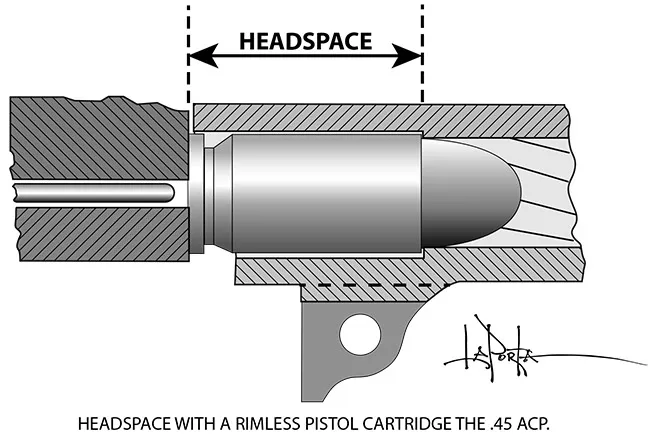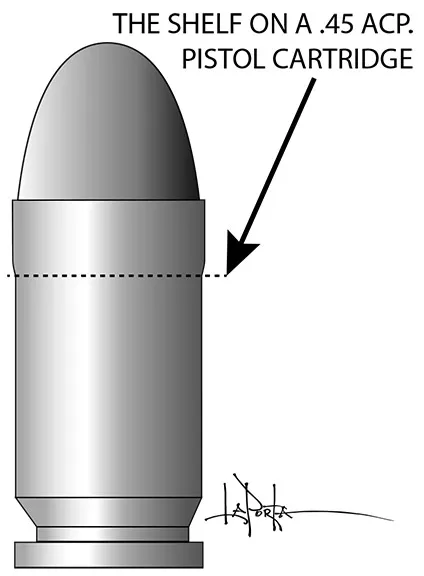To Crimp or Not to Crimp — That Is the Question
Crimping, a process often overlooked but crucial in various industries, involves the connection of two electrical conductors using a compressive force. The debate surrounding crimping versus alternative methods such as soldering has sparked interest in many professionals and enthusiasts alike. In this comprehensive guide, we will delve into the intricacies of crimping, exploring its benefits, drawbacks, best practices, and real-world applications.

The Basics of Crimping
Before diving into the pros and cons, let's understand the basics of crimping. Essentially, crimping is a technique where connectors are attached to wires by deforming them to hold the conductors together securely. This method is widely used in electrical and electronic applications due to its simplicity and efficiency.
To start crimping, you'll need a set of specific tools, including crimping pliers or a crimper, and connectors suitable for your application. The process involves inserting the wire into the connector and using the tool to compress it, creating a robust connection. There are various crimping techniques, each catering to specific needs.

Advantages of Crimping
The advantages of crimping are manifold. Firstly, crimped connections offer enhanced electrical conductivity, ensuring a reliable flow of current. Mechanical strength and durability are also notable benefits, making crimped connections ideal for applications where vibrations and movement are prevalent. Moreover, crimping is often more cost-effective than alternative methods, making it a preferred choice in various industries.
Disadvantages of Crimping
However, like any technique, crimping has its drawbacks. Corrosion is a potential concern, especially if the crimped connection is exposed to harsh environments. Proper execution of the crimping process requires a certain level of skill, and mistakes may lead to compromised connections. It's essential to acknowledge these limitations to make informed decisions.

Types of Crimp Connectors
Crimp connectors come in various shapes, sizes, and types. Some are insulated to protect against environmental factors, while others are designed for specific applications. Understanding the differences between these connectors is crucial in choosing the right one for your needs.
Crimping vs. Soldering
Comparing crimping with soldering, another popular connection method, is essential for decision-making. While soldering involves melting metal to create a connection, crimping is a mechanical process. Factors influencing the choice between the two include the application, the skill level required, and the desired characteristics of the connection.
Best Practices for Crimping
To ensure successful crimping, it's vital to follow best practices. Choosing the right tools, applying the proper technique and pressure, and conducting thorough inspections are key steps in achieving reliable connections. These practices are essential for avoiding common mistakes that can compromise the integrity of the connection.
Common Mistakes in Crimping
Understanding potential pitfalls is crucial for successful crimping. Insufficient pressure, incorrect wire size, and inadequate inspection are common mistakes that can lead to faulty connections. Learning from these errors is integral to mastering the art of crimping.
Crimping in Different Industries
Crimping finds applications in various industries, including automotive, electronics, telecommunications, aerospace, and marine. Each sector has specific requirements, and crimping provides tailored solutions for reliable connections in diverse environments.
The Evolution of Crimping Technology
Advances in crimping tools and the integration of automation have revolutionized the crimping process. Looking into the future, we anticipate further innovations in crimping technology, enhancing efficiency and reliability.
Case Studies
Real-world examples highlight the effectiveness of crimping in different applications. Success stories and lessons learned from failures provide valuable insights into the importance of proper crimping techniques.
Environmental Considerations
As sustainability becomes a global concern, understanding the environmental impact of crimping is crucial. Exploring eco-friendly alternatives and innovations ensures that the advantages of crimping can be harnessed responsibly.
User's Guide to Crimping
For those new to crimping, a step-by-step guide and troubleshooting tips are provided. Following these instructions ensures a smooth crimping process and reliable connections.
Real-world Applications
Professionals from various industries share their experiences with crimping, illustrating the practical applications and benefits of this versatile technique.
Conclusion
In the age-old debate of "To Crimp or Not to Crimp," the answer lies in informed decision-making. Understanding the intricacies of crimping, its advantages, and potential drawbacks empowers individuals and industries

